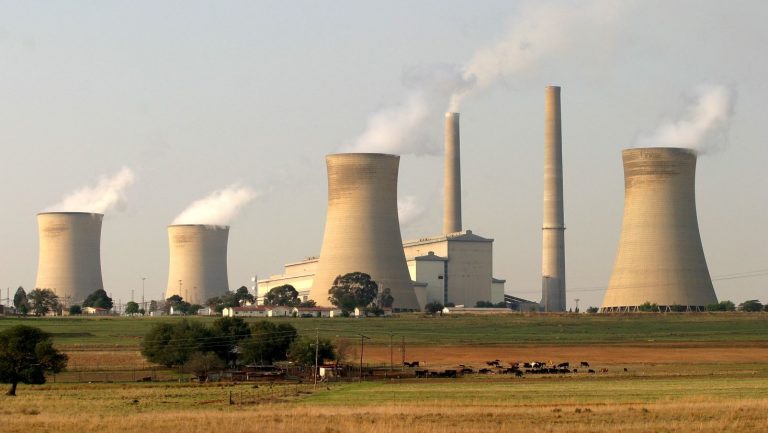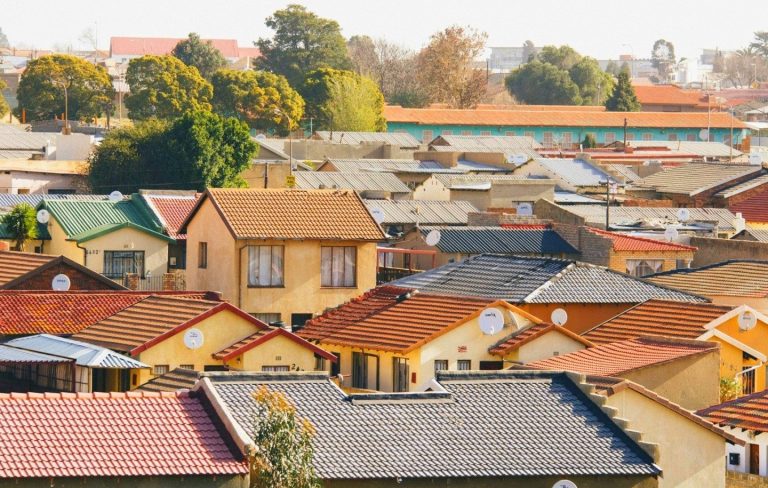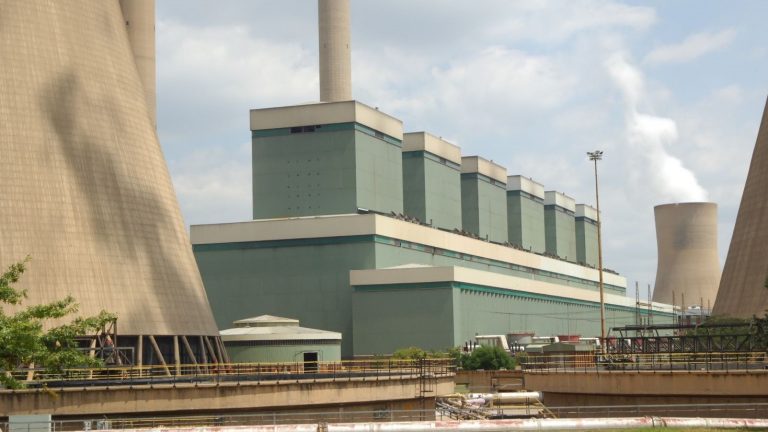Eskom reaffirms commitment to cleaner air through decades of emissions reduction, environmental stewardship and sustainable energy practices
Monday, 9 June 2025: With loadshedding largely behind us due to structural improvements in the generation fleet, Eskom is intensifying its focus on environmental performance and long-term sustainability. The utility remains firmly committed to reducing its environmental footprint while ensuring energy security for South Africa.
Environmental responsibility is deeply embedded in Eskom’s operations. Through strategic investments, operational upgrades, and collaborative partnerships, the organisation is working to balance the energy trilemma: security, affordability, and sustainability.
Since the 1980s, Eskom has implemented a phased emissions reduction strategy, beginning with a focus on Particulate Matter (PM). This included decommissioning older plants, installing fabric filters and Sulphur Oxides (SOx) conditioning systems, and upgrading electrostatic precipitators—achieving an over 80% reduction in PM emissions between 1982 and 2021.
Eskom has made notable progress in reducing Nitrogen Oxide (NOx) emissions across its fleet. Power stations such as Kendal and Matimba were designed with low-NOx boilers, while Medupi and Kusile are equipped with low-NOx burners. In 2019, Camden Power Station was successfully retrofitted with this technology. Additionally, Eskom has installed flue gas desulphurisation (FGD) technology at Kusile Power Station to reduce sulphur dioxide (SO₂) emissions and is planning to retrofit the same system at Medupi Power Station.
To date, Eskom has invested over R3 billion in emissions reduction projects, with R15.6 billion allocated over the next five years. However, achieving Minimum Emission Standards (MES) compliance by 2030 will require ~R257 billion in capital investment and ~R6.3 billion in annual operating costs which will have a significant impact on Eskom and add up to ~10% to the electricity tariff.
Given the current trajectory of future non-compliance, 22GW of capacity is at risk of being shut down due to SO₂ non-compliance post-2030.
In response, Eskom is pursuing innovative, community-focused solutions. The Masibambisane Air Quality Offset Project in Amersfoort, Mpumalanga, is helping low-income households transition from coal and wood to cleaner energy sources such as electricity and LPG which is improving indoor air quality and promoting healthier living conditions.
Eskom is working to reduce its emissions and this is supported by regular emissions testing, strict operational protocols, and close collaboration with regulators and stakeholders.
“We are committed to meeting environmental regulations through continuous monitoring, transparent reporting, and proactive plant upgrades,” said Bheki Nxumalo, Eskom’s Group Executive for Generation.
Despite progress, Eskom acknowledges a decline in performance across key environmental indicators such as particulate emissions, water usage, and incident frequency over the past five years. These challenges are largely linked to the broader energy crisis and the complexity of maintaining environmental standards under operational pressure.
Nevertheless, Eskom continues to lead in environmental monitoring. It operates South Africa’s most extensive ambient air quality monitoring network, managed by its Research, Testing and Development (RT&D) department. The network now includes 22 strategically located stations, many near power plants in line with Atmospheric Emission Licence (AEL) requirements. These stations support research and track the impact of Eskom’s stations and air quality offset initiatives.
The network monitors pollutants such as NOx, SOx and PM, providing critical data to assess compliance with the National Ambient Air Quality Standards (NAAQS). Results from Eskom and other monitoring stations show that air quality in Mpumalanga generally meets national standards in respect of SOx and NOx. Particulate Matter (dust) does however often exceed the NAAQS throughout the country with elevated levels linked to many sources including veld fires, fugitive dust for mines, household fuel use, waste burning, and industry including Eskom.
Eskom’s sustainability strategy extends beyond emissions. It includes responsible water use, biodiversity and land protection, waste management, and grid upgrades to support renewable energy integration. The utility also addresses social challenges, turning environmental risks into opportunities for innovation and inclusive development.
Looking ahead, Eskom is exploring new technologies and supporting a Just Transition to a low-carbon economy. The utility aims to reduce fleet-wide emissions by 40% by 2030, in alignment with the revised Highveld Priority Area Plan and the draft Integrated Resource Plan (IRP).
Eskom’s approach to sustainability is holistic and is not just about reducing emissions but about managing natural resources wisely, supporting communities, and building a resilient energy future for South Africa.
ENDS








